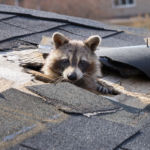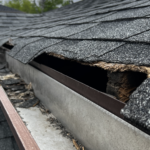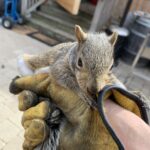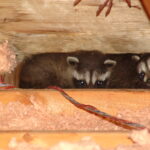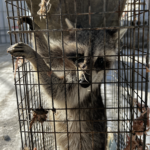As the temperatures drop and the snow begins to fall, many people assume that wildlife activity will slow down and that it’s not necessary to address any problems until the warmer months. But in reality, winter can actually be the perfect time for addressing wildlife issues.
For one, many species of animals are less active during the winter, which can make it easier to spot signs of their presence and to take action. For example, wildlife such as squirrels and raccoons will often seek shelter indoors during the colder months, and their tracks and droppings can be more easily spotted in the snow. This can provide valuable information on their location and movements, which can be used to target control efforts.
Additionally, winter can also be a good time to address wildlife problems before the spring breeding season. Many species of animals, including birds, raccoons, squirrels, and skunks, will start to breed in the spring, and a single female can produce a large number of offspring. By addressing the problem before the breeding season begins, it’s possible to prevent the population from growing and becoming even more difficult to control.
Furthermore, winter is also a good time to take preventative measures to prevent wildlife from entering your home or property. Cold weather can cause animals to seek shelter and warmth, and they will often try to find their way into buildings through gaps and openings in the walls and roof. By sealing these entry points and making your home or property less attractive to wildlife, you can reduce the chances of encountering a problem in the future.
So don’t wait until the spring to address your wildlife problems – take action now, and enjoy the peace of mind that comes from knowing that your home and property are safe and secure. And who knows, maybe you’ll even get to enjoy some winter wildlife sightings along the way!


